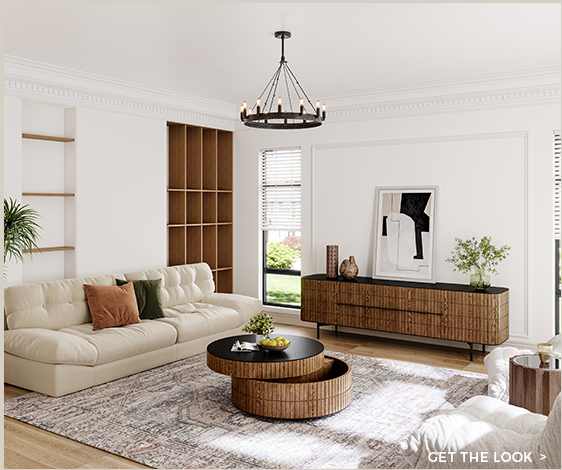Proper color application and harmonious matching with the tone of furniture could create a beautiful atmosphere, but selecting the right furniture color can be a daunting task. The color of your furniture has a significant impact on the overall look and feel of your space. Choosing the right hue can make your room feel inviting, cozy, and stylish, while the wrong color can make it feel unbalanced, overwhelming, or uninviting. With so many color options available, it can be challenging to know where to start.
You’re not alone when struggling with how to choose furniture color. Let’s explore the color matching for the home furniture together.
Importance of choosing the right furniture color
Choosing the right furniture color is crucial for several reasons. Firstly, the color of your furniture sets the tone for the entire room. It can create a particular mood and atmosphere, making your space feel cozy, warm, and inviting, or fresh, bright, and energizing. Secondly, furniture color plays a significant role in the overall aesthetic of your home. The right color can complement your decor, highlight your personal style, and enhance your space’s visual appeal. Conversely, the wrong color can clash with your decor, make your space feel unbalanced, and even detract from its beauty.
Additionally, furniture color can impact how you feel in your home. Certain colors have been proven to have psychological effects on people, such as promoting relaxation or increasing productivity. So, choosing the right furniture color can help you create a home environment that fosters your well-being and supports your daily activities.
Overall, choosing the right furniture color is essential for creating a comfortable, visually appealing, and mood-enhancing space that reflects your personal style and promotes your well-being.
How to Choose the Right Colors for Your Home Furniture
When decorating homes, colors can easily be divided into categories: background color, theme color, and embellishment color. Then mix the background color: theme color: ornament color in a 6:3:1 ratio.
Besides, when deciding the exact colors, please try to consider the following aspects:
Consider the Room’s Purpose
Different colors can evoke different emotions and set different moods.
For instance, a bedroom is a place where you want to relax and unwind, so calming, neutral colors like beige, gray, or blue may be a good choice. When cold-toned beds, bedside tables, etc. are used, they tend to give a sense of visual shrinkage to a room. On the other hand, using warm-toned colors tends to give a sense of visual expansion.
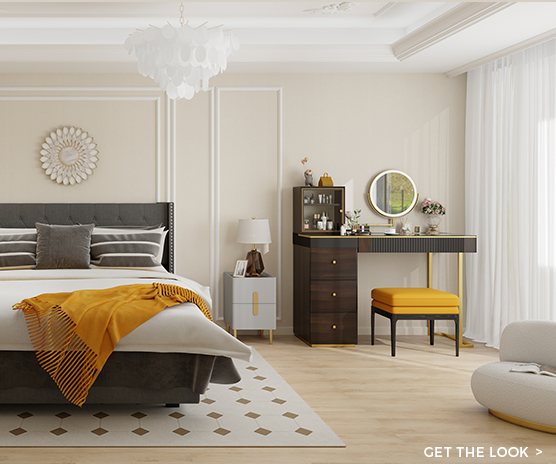
In contrast, a living room is typically a more social space where you entertain guests and spend time with family, so warmer, brighter colors like red, yellow, or orange can create a welcoming and energizing atmosphere.
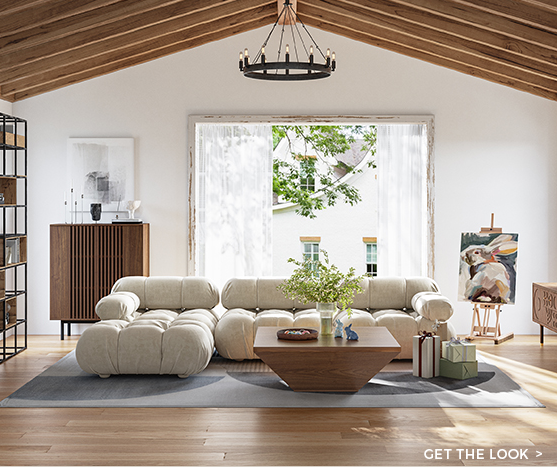
Warm-colored dining tables and chairs tend to make people more relaxed, thus, increasing one’s appetite. Furthermore, using cold-toned dining tables and chairs can make a restaurant appear cleaner when looked at.
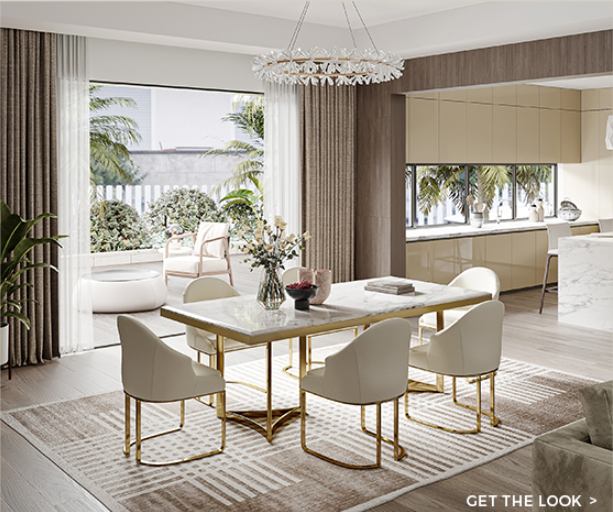
By considering the room’s purpose, you can select furniture colors that align with the room’s intended use, creating a space that’s both functional and aesthetically pleasing.
Analyze Existing Color Scheme
The color scheme includes the wall color, flooring, and accessories such as curtains, rugs, and decorative items. Analyzing the existing color scheme ensures that your furniture color choice complements the overall look and feel of the room, creating a cohesive and harmonious space.
For example, if your walls are painted in a bold color like red or navy, pairing furniture with a neutral color like beige or gray can create a balanced and visually appealing contrast. On the other hand, if your walls are painted in a neutral color like white or beige, incorporating a piece of furniture with a bold color like blue or green can add a pop of color and create visual interest.
Similarly, if your flooring has a strong pattern or color, like a bold striped carpet or dark wood flooring, choosing furniture with a simple and neutral color can balance the visual impact and prevent the space from feeling overwhelming.
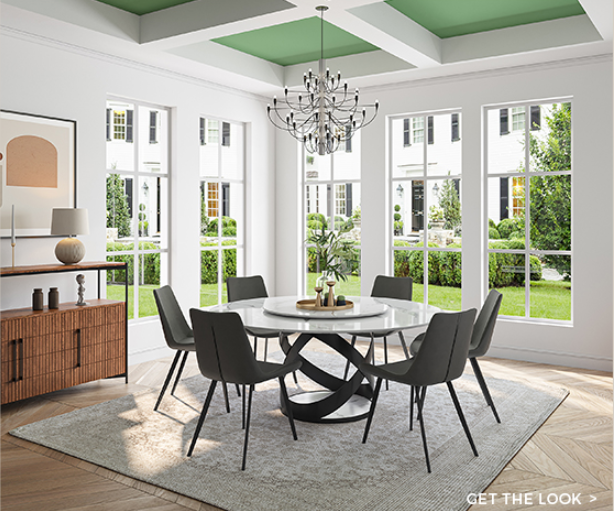
By analyzing the existing color scheme of your space, you can select furniture colors that complement the overall look and feel of the room, creating a harmonious and visually appealing space.
Determine Mood and Atmosphere
Color has a significant impact on how we feel, and certain colors can evoke specific emotions and set different moods. Understanding the mood and atmosphere you want to create can help you select furniture colors that align with your vision and create the desired ambiance in your space.
For example, if you want to create a cozy and intimate atmosphere in your living room, choosing furniture colors like warm shades of brown, beige, or orange can help create a welcoming and inviting space. In contrast, if you want to create a fresh and energetic mood in your workspace, choosing furniture colors like bright yellow, green, or blue can help promote productivity and focus. What’s more, you can use color to create a sense of balance and harmony in your space. For instance, if your room has a lot of natural light and feels airy and spacious, incorporating furniture with warm and rich colors can add a sense of coziness and balance to the space.
Determine the Style of Furniture
The style of the furniture can influence the color choices that would work best to create a cohesive and harmonious space. The colors like warm wood tones, rich burgundy or navy, and shades of brown can complement the classic design elements of the furniture, which fit for traditional style. On the other hand, if you’re selecting furniture with a more modern style, colors like white, black, and gray can provide a sleek and minimalist look that accentuates the clean lines and geometric shapes of the furniture. Thus when you make sure the style of your interior design, select the color matching to the style.
Don’t Forget Functionality
How to choose furniture color also depend on how practical and functional a piece of furniture is for your space. If you’re selecting a sofa for a family room, you may want to choose a darker color like navy or dark gray, as these colors are less likely to show stains or wear and tear from frequent use. Similarly, if you’re selecting a dining table for a space that’s used for both dining and working, a color like white or light gray can provide a versatile backdrop for both activities.
In addition, if you have children or pets in your home, furniture with a lighter color may not be the best option, as it’s more susceptible to stains and damage.
Think about the Long-Term Use
Sometimes, we may also consider the long-term usage of the furniture. The neutral colors, such as white, beige, gray; natural wood tones; earthy colors, navy blue can work well in a variety of design styles. By incorporating these timeless furniture colors into your space, you can create a versatile and long-lasting design that will remain stylish for years to come.
